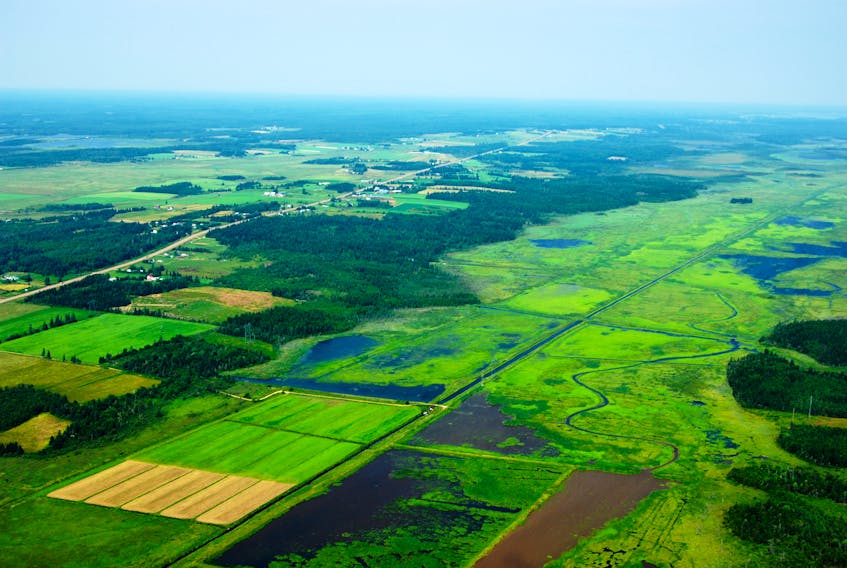AMHERST, N.S. — They’re pieces of landscape that Nova Scotians sometimes take for granted, but they are critical to the flora and fauna that call them home.
For the second consecutive year, Ducks Unlimited is featuring four more pieces of Nova Scotia’s natural environment that represent the diversity and abundance of wetlands in the province.
“Treasured Wetlands of Nova Scotia is an interpretive program we started last year with the provincial government,” Chelsea Murray of Ducks Unlimited said Thursday. “Nova Scotia has a wetlands conservation policy and we wanted to highlight that our wetlands are under this policy, why they’re important to the landscape and the health of the people.”
The program aims to get Nova Scotians to explore the natural wetlands that may be near, or far, from their communities. By education and raising awareness about wetlands, Murray said the hope is Nova Scotians will come to appreciate them more.
Last year, four sites were featured by the program including Black River Fen in Cape Breton, Annapolis Royal Marsh in the Annapolis Valley, Swaines Road Bog in southwest Nova Scotia and the Cole Harbour Salt Marsh near Halifax.
This year, four more are being featured including the Missaquash Marsh near the Nova Scotia-New Brunswick border outside Amherst, Blomidon Vemal Pool near in Blomidon Provincial Park, McIntosh Run Watershed near Halifax and St. Mary’s River Floodplain near Sherbrooke.
Treasured Wetlands explorers can use the treasure map that features information on each wetland, including directions and GPS co-ordinates, to find these photo posts.
“The goal is to select four wetlands every year that are important ecologically or important culturally to the community,” she said. “At each of these locations we have put up posts where you can put up your phone and take a picture. You get in the photo, or not, and share them with us via social media.
“We have a webpage and a treasure map with the GPS information for trail access and you can walk along the trail and find the photo posts.”
New for 2019 is a geocaching component This year’s four wetlands will be listed at geocaching.com so geocachers can try their hand at finding special wooden commemorative coins.
There are also community events at each of the four wetlands partnering with local groups.
Near Amherst, the Missaquash Marsh is considered a wildlife highway.
“It has a lot of history there and is one of the first restored marshes Ducks Unlimited worked on with both provinces,” she said. “It’s also an important area for migratory birds and other wildlife like moose and other animals that use the marsh for water and food.”
Murray said the marsh is also important for fish. Ducks Unlimited has been doing a lot of research to get smaller species of fish, such as gaspereau, back up to historical levels in their habitat throughout the wetland.
“We’ve been putting electronic trackers over fish ladders and catching fish and tagging them and measuring how many fish are going through the fishways before and after we’ve redesigned them to be more efficient,” she said. “We’re seeing a lot of success. Bringing these fish back up to historical levels in the wetlands they’re going to spawn and die in the wetlands and when they die they will release nutrients into the wetlands and make the system more healthy.”
The community event for the Missaquash Marsh will be next spring when water levels are higher.
The project is a partnership of Ducks Unlimited and the provincial departments of Lands and Forestry and Environment with funding from Wildlife Habitat Canada, Environment and Climate Change Canada and Recreation Nova Scotia.









